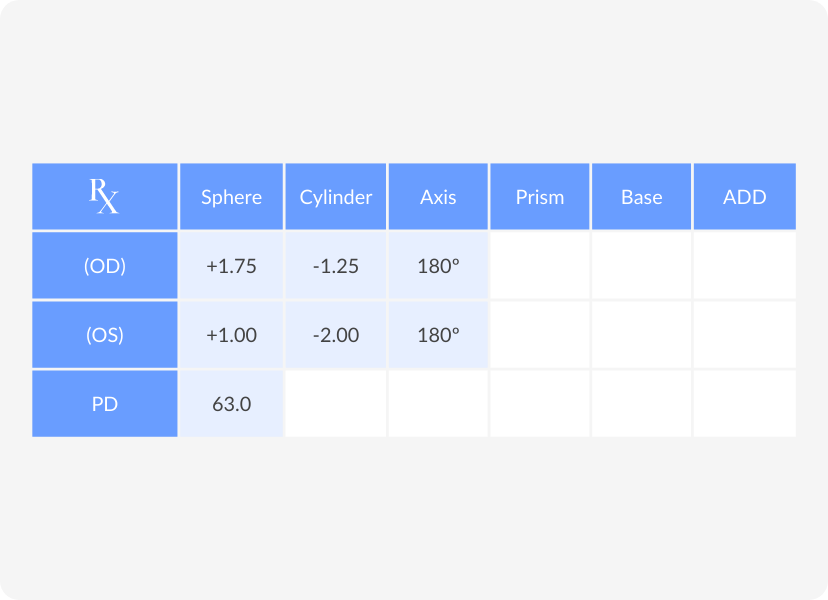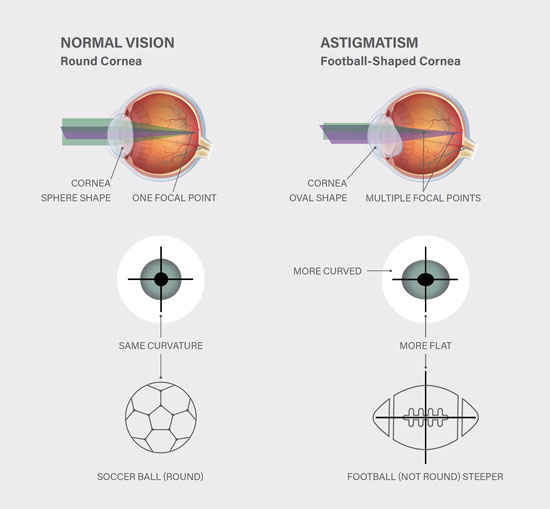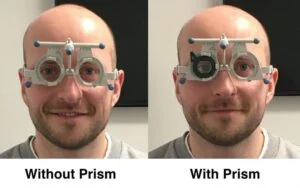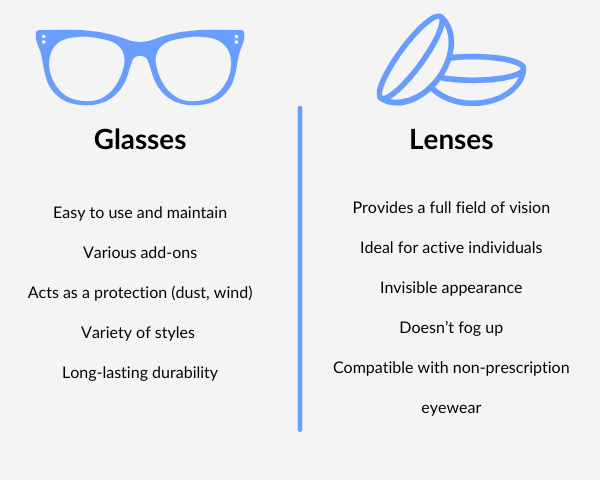Struggling to decipher the cryptic numbers and letters on your vision report? This guide breaks down everything from SPH to AXIS, empowering you to understand your vision needs completely. With this knowledge, you can easily find the correct reading eye prescription and explore stylish, high-quality options like frame japan, ensuring you select the perfect eyewear with total confidence.
First Steps: Decoding the Basics of Your Prescription

Feeling like you’re trying to decipher an ancient script when you look at your eye prescription? You’re not alone. These documents are packed with abbreviations and numbers, but they are simpler to understand than they appear. Let’s break down the fundamental components together.
OD vs. OS: Which Eye Is Which?
The very first thing you’ll likely notice are the letters OD and OS. These are simple Latin abbreviations that tell your optician which eye the measurements are for.
- OD stands for Oculus Dexter, which is the Latin term for your right eye. You might also see this abbreviated simply as RE.
- OS stands for Oculus Sinister, the Latin term for your left eye. Similarly, this is often written as LE.
Occasionally, you might see OU for Oculus Uterque, meaning “both eyes.” However, this is rare since most people require a unique correction for each eye.
Understanding Sphere (SPH): Are You Nearsighted or Farsighted?
The “Sphere” or SPH value is the heart of your prescription. This number indicates the lens power needed to correct your vision, measured in units called diopters. The key is to look at the sign in front of the number.
A negative number (-), such as -2.25, means you have nearsightedness (myopia). This common condition makes it difficult to see distant objects clearly, like road signs or a whiteboard in a classroom.
A positive number (+), like +1.75, indicates you have farsightedness (hyperopia). This makes it challenging to focus on objects up close, such as the text in a book or on your smartphone screen. The further the number is from zero, the stronger your prescription is.
Once you grasp these core numbers, you can confidently shop for any kind of corrective eyewear. For instance, knowing your SPH is the first essential step when you want to order prescription sunglasses for sunny days.
Understanding these basics is the most crucial part of interpreting your prescription and ensuring you get the correct lenses. If you’re ready to apply this knowledge and find the perfect eyewear, exploring a collection based on your specific visual needs is the next logical step. Finding an exact reading eye prescription match is straightforward once you have this information.
Navigating Astigmatism: CYL and AXIS Explained

Beyond nearsightedness or farsightedness, your prescription might include terms to correct another common vision issue: astigmatism. If you see values for CYL and AXIS, this section is for you. It simply means your eye requires a more specialized correction to achieve perfectly sharp vision.
What is Astigmatism? The Football vs. The Basketball
So, what exactly is astigmatism? The easiest way to picture it is by comparing the shape of your eye to a ball. A perfectly spherical eye, like a basketball, allows light to enter and focus on a single point on the retina, producing a clear image.
Understanding Astigmatism on Prescription
An eye with astigmatism, however, is shaped more like an American football than a round basketball. This irregular curvature causes light to focus on multiple points instead of one, resulting in vision that can be blurry or distorted at all distances.
This isn’t an uncommon condition. In fact, data shows that astigmatism is a very common refractive error, affecting approximately one in three people in the U.S. as of 2025.
The Role of Cylinder (CYL) and AXIS
To correct this football-like shape, your prescription includes two specific measurements: the Cylinder (CYL) and the AXIS. These values work together to counteract the effects of astigmatism.
Eyeglass Prescription Cylinder and Axis Meaning
The Cylinder (CYL) value indicates the extra lens power needed to correct the astigmatism. Just like the SPH value, it is measured in diopters and can have a negative or positive sign. If this section on your prescription is blank, it means you do not have astigmatism.
The AXIS is a number between 0 and 180, representing the orientation of the astigmatism in degrees. Think of it as describing the exact angle or tilt of the football shape on your eye. This measurement tells the lab precisely where to place the cylinder correction in your lens. Understanding these details empowers you to find the right lenses and explore various options for affordable glasses and frames that accommodate your specific needs.
Knowing your SPH, CYL, and AXIS gives you the complete picture of your vision correction. With this information, you can confidently find lenses tailored to you. Applying these values is the most direct way to locate your exact reading eye prescription and ensure your new glasses provide the crystal-clear vision you deserve.
Beyond the Basics: Special Features on Your Prescription

As you delve deeper into your prescription, you might notice a few more abbreviations or terms. These values, like ADD, PD, and Prism, address more specific vision needs beyond simple nearsightedness or farsightedness, ensuring your glasses are perfectly customized for you.
What is ADD on Prescription for Glasses?
Have you noticed a value labeled “ADD” on your prescription? This number is crucial for anyone who needs help focusing on objects up close, a common condition that develops with age known as presbyopia.
Bifocal vs. Progressive Lenses Comparison
The ADD Power (which stands for “addition”) is the additional magnifying power applied to the bottom part of a multifocal lens. This value, always positive, is added to your main sphere power to create the dedicated reading segment of your eyeglasses.
This ADD value is what enables lenses like bifocals, which feature a distinct line separating the distance-vision area from the reading-vision area. Alternatively, it’s used in Progressive Lenses (PAL), which provide a seamless, invisible transition from distance, to intermediate, and finally to near vision without any lines. Your choice between these types will influence your options, but today it is simple to find cheap eyeglasses and frames compatible with either lens design.
Understanding Pupillary Distance (PD) and Prism Correction
Two other measurements that are essential for optimal vision care are the Pupillary Distance (PD) and, in some cases, a Prism correction. These aren’t about focusing power but about lens alignment and eye coordination.
Why These Measurements Matter for Vision Care
What is the Pupillary Distance (PD) Meaning? Simply put, it’s the measurement in millimeters between the centers of your pupils. This number is absolutely vital because it tells the lab exactly where to center the optical sweet spot of your lenses. An accurate PD ensures your eyes are looking through the correct part of the lens, preventing eye strain and headaches.
So, what is Prism Correction in glasses? If your prescription includes a value for “Prism,” it’s there to correct double vision (also known as diplopia). Prism bends light before it enters your eye, helping your two eyes work together as a team to form a single, clear image. This correction is always noted with a base direction, such as BU (Base Up), BD (Base Down), BI (Base In), or BO (Base Out).
Now that you can interpret every value on your prescription, from ADD to PD, you are fully equipped to make an informed purchase. Understanding these details is the key to finding lenses that match your exact vision needs. You can now confidently browse a wide selection of eyewear options tailored to your specific reading eye prescription and enjoy perfectly clear vision.
Putting It All Together: Your Prescription in Real Life

Understanding the numbers and abbreviations on your prescription is the first step. Now, let’s explore some practical questions that arise when you’re ready to use that information to get new glasses.
What is a Bad Eye Prescription Number?
People often wonder if their prescription is “bad,” but in reality, eyeglass prescriptions are simply measurements. There isn’t a universally “bad” number, only a degree of correction needed to achieve clear vision.
Is +2.00 a Strong Prescription?
So, where does a number like +2.00 fall on the spectrum? A prescription of +2.00 diopters is generally considered a moderate level of farsightedness (hyperopia). Most common vision corrections fall within a typical range of -5.00 to +3.00 diopters.
A prescription is typically considered “high” or “strong” when it falls outside this common range. For example, high myopia (severe nearsightedness) is often defined as -5.00 diopters or more, while high hyperopia (severe farsightedness) is +3.00 diopters or more.
Why Do Eye Prescriptions Expire?
Have you ever looked at your prescription and noticed it has an expiration date? This is a crucial safety measure for your eye health, not just a way to sell more glasses.
How Often Should I Get an Eye Exam?
Prescriptions typically expire every one to two years because your vision can change over time. These changes are especially common after age 40, as a condition called presbyopia can affect your ability to focus up close. An expired prescription may no longer provide you with the best possible vision.
Regular eye exams are also vital for monitoring your overall eye health. An optometrist can detect early signs of serious conditions like cataracts, glaucoma, or even issues related to diabetes. Most professionals recommend a comprehensive eye exam every two years, or annually if you have underlying health conditions. Keeping your prescription current is key, and finding affordable glasses and frames makes it easier to update your eyewear whenever your vision changes.
How to Read Contacts Prescription vs. Glasses
It’s a common mistake to think you can use your glasses prescription to buy contact lenses. While they share some values, they are fundamentally different documents for different medical devices.
Key Differences to Note
A contact lens prescription contains several additional measurements that are not on your glasses prescription. These include the Base Curve (BC), which measures the curvature of the lens to ensure it fits snugly on your eye, and the Diameter (DIA), which is the width of the lens.
Furthermore, the corrective power itself might differ between your glasses and contacts. This is because glasses sit a short distance away from your eyes, while contact lenses sit directly on them. Lastly, it’s important to remember that all contact lenses, even purely cosmetic colored ones, are considered medical devices in the U.S. and legally require a valid prescription from an eye care professional as of 2025.
With this complete guide, you are now fully equipped to interpret every detail of your vision correction needs. You can confidently take the next step toward perfect sight. To apply what you’ve learned, you can browse a curated selection of frames and lenses that match your specific reading eye prescription, ensuring you find the perfect pair for clear and comfortable vision.
Mastering Your Prescription: A Summary for Clear Vision
Navigating the world of eyewear begins with a single document: your prescription. Understanding it is the key to unlocking visual clarity and making empowered choices. This guide has equipped you with the knowledge to interpret every component, transforming a confusing chart into a clear roadmap for your vision needs.
Here are the essential takeaways:
-
Core Vision Correction: You now know that OD and OS refer to your right and left eyes, while SPH (Sphere) indicates nearsightedness (-) or farsightedness (+). This is the fundamental basis of your prescription.
-
Astigmatism Details: If you have astigmatism, you can now confidently identify the CYL (Cylinder) and AXIS values, which specify the power and orientation needed for a sharp, distortion-free image.
-
Specialized Features: For more complex needs, you understand that ADD power is for multifocal lenses (bifocals or progressives), PD (Pupillary Distance) is crucial for proper lens alignment, and Prism is used to correct double vision.
-
Practical Knowledge: You’ve learned that there’s no such thing as a universally “bad” prescription number, why they expire to protect your eye health, and the critical differences that make eyeglass and contact lens prescriptions non-interchangeable.
By mastering these terms, you are no longer just a passive recipient of your vision care. You are an informed consumer, capable of discussing your needs with an optician and confidently shopping for glasses online or in-store. You have the power to ensure your next pair of glasses provides the precise, comfortable, and crystal-clear vision you deserve.
Leave a Reply